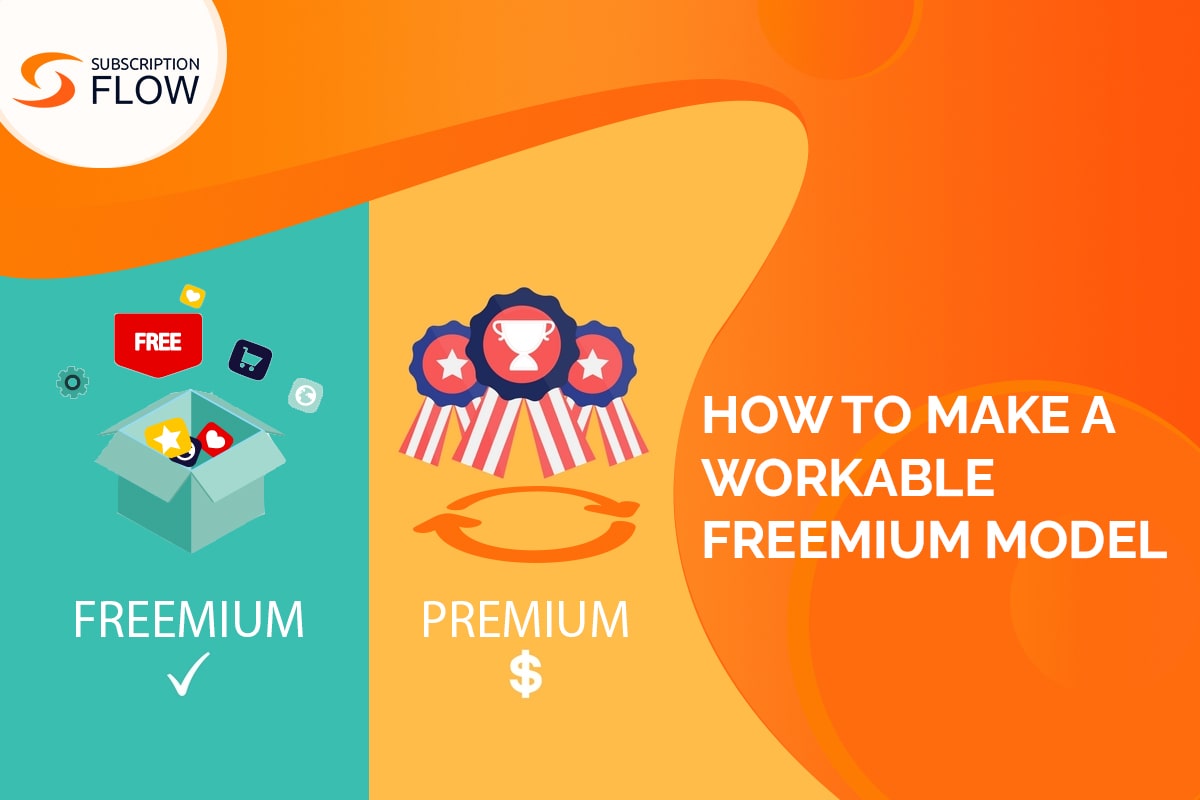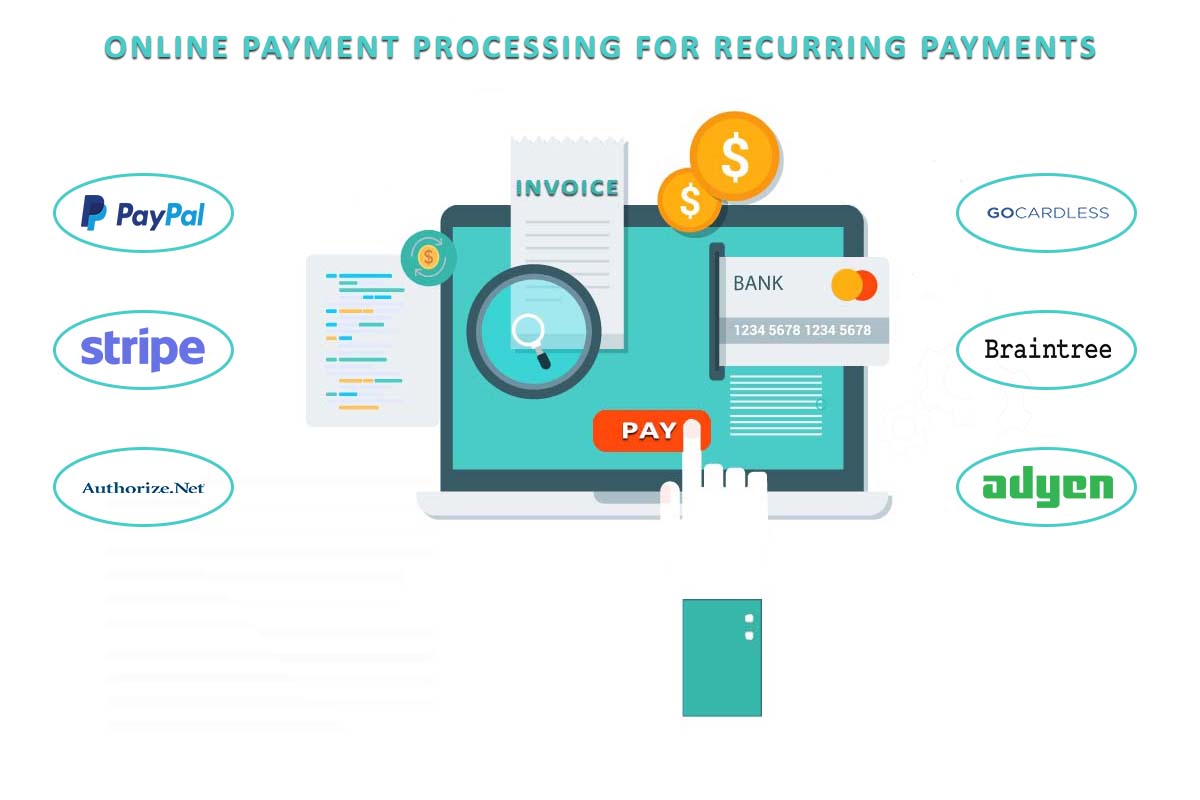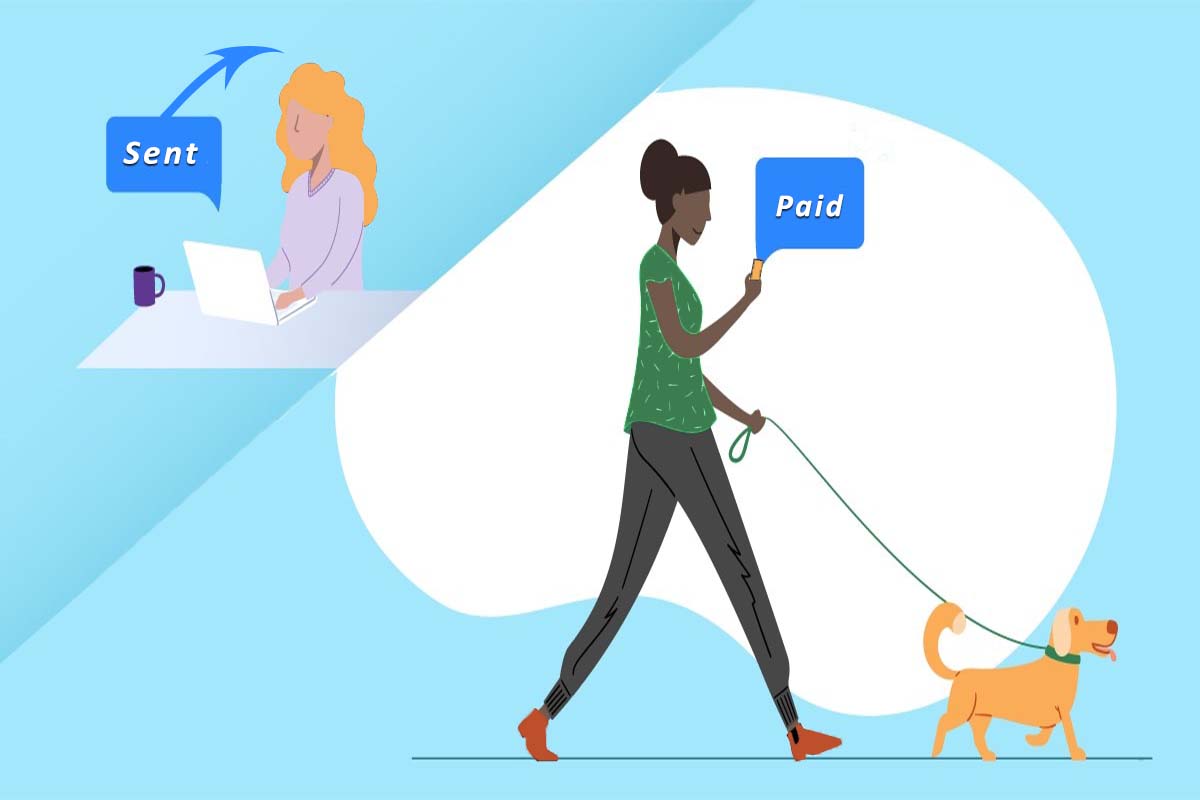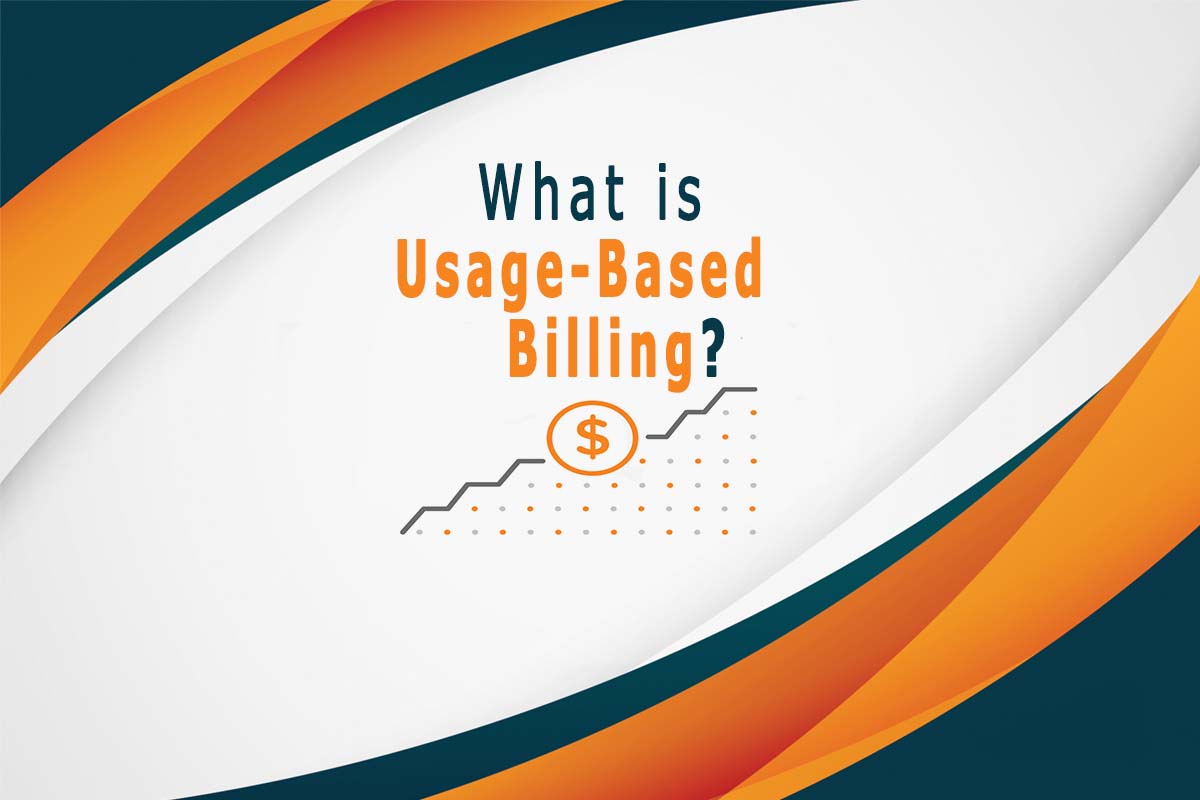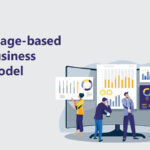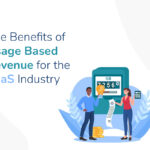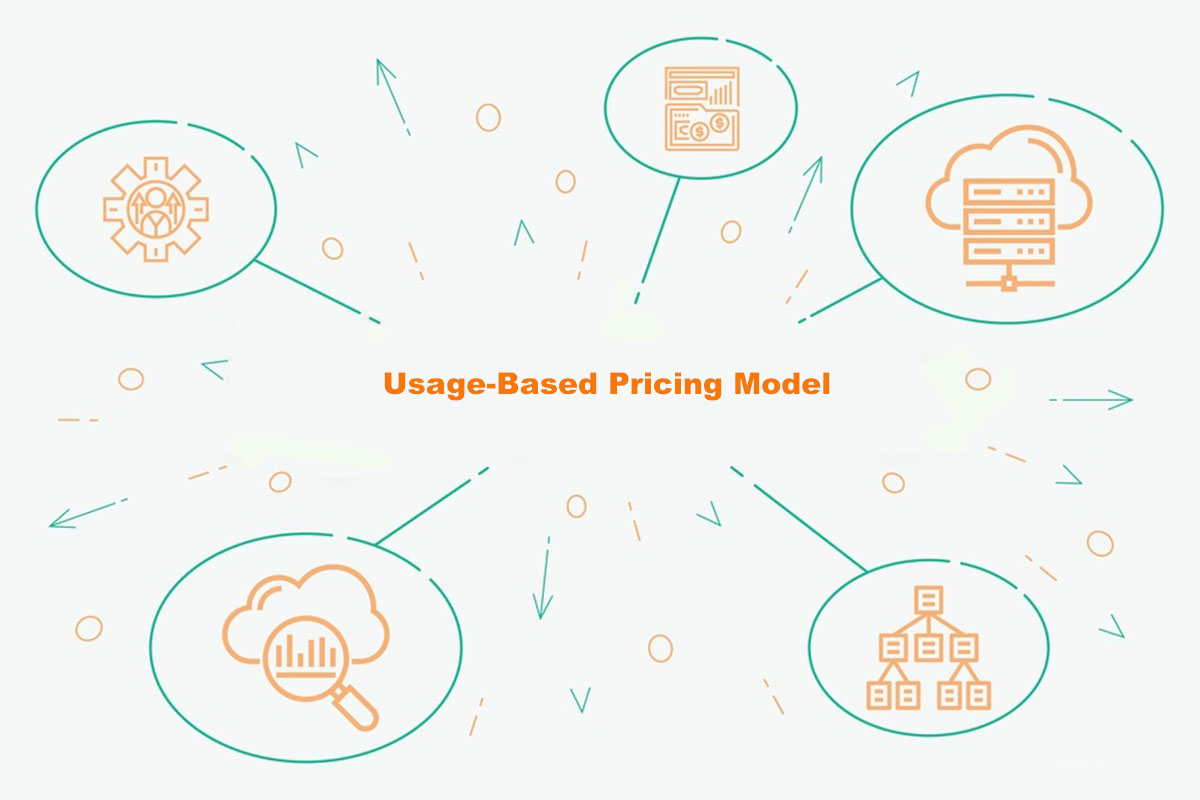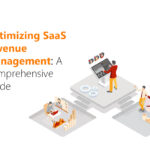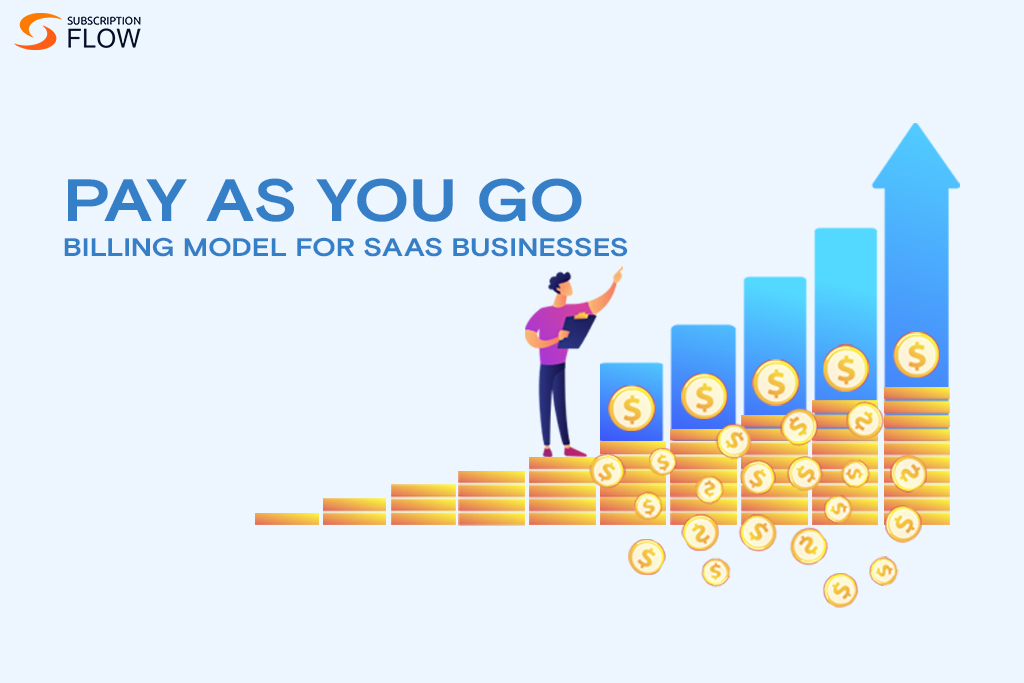
What is Pay as You Go Billing Model for Businesses? An In-depth Look at Consumption Based Pricing
Pricing a product or service is often one of the most difficult decisions for a business.
This is especially true for SaaS businesses who can’t identify the cost they’re accruing or the value of their product or service at any given time.
Since the economic statistics can change at any time, there are some pricing strategies that are meant to cater to these variable values.
One of these is the Pay as You Go model.
What is Pay-as-You-Go or Usage Based Billing?
Pay as you go, usage-based billing or pay per use is a billing model for businesses that charge their customers according to their consumption.
Also known as consumption-based pricing, this strategy involves charging customers without prior commitments.
There are several ways businesses go about offering the pay as you go model. More often than not, it depends upon the type of product or service they’re offering.
Read More: What is Usage-Based Billing?
Whereas, in other scenarios, the major factor becomes the cost of providing the service that determines its value.
For example, one of the ways to go about offering pay as you go is to have your customer purchase a fixed number of credits first.
Once these credits run out, the customer will have to pay for additional credits in order to make use of the service.
However, many classify this as tiered or even a hybrid billing model joining pay-as-you-go strategies with tier-based ones since it’s very common for businesses to charge extra or lower for the additional credits.
The intent of the business can determine and justify whether the additional charges will be lower or more than the initial cost of the credits.
For instance, electricity, water and gas suppliers often charge more after a specific number of units are consumed. This is to discourage extra usage.
Whereas, cloud storage providers that work with pay-as-you-go model can charge you lower than the initial cost for every extra gigabyte of storage you require.
Similarly, another way to offer a pay-as-you-go model is to charge customers without raising or lowering the charges.
Most SaaS companies are currently operating on this form of pay-as-you-go model.
For a better perspective, let’s take a look at different pay-as-you-go business billing model examples below.
Read More: A Definitive Guide: Top SaaS Billing Models for SaaS Businesses
Pay-as-you-go Business Model Examples:
Telecom
Telecom service providers like Verizon, AT&T and more primarily use a pay-as-you-go model that charges customers based on the amount of data they consume.
As explained above, telecom companies are able to offer multiple pricing options while remaining in the pay-as-you-go model.
For example, they can give a base package that can charge you more or less after reaching certain limits.
Digital Marketing (Paid Advertising)
Paid advertising on search engines and social media platforms is another example of pay-as-you-go pricing.
Advertisers pay for every click, impression or view their ads get. The ad spend will increase as the duration and reach of your ad increases.
SaaS
Software as a Service and all cloud-based platforms that process recurring billing offer pay-as-you-go pricing options.
Examples of SaaS applications across the internet that have opted for pay-as-you-go models are innumerable. Be it SEO tools, project management systems, cloud-based attendance monitoring systems, schedule planners, editors, etc.
Though not all SaaS platforms are using the pay-as-you-go model, almost all of them can switch to it should they need to.
XaaS
Everything as a Service is a growing phenomenon that is attracting the attention of almost all industries.
Before XaaS, only a specific niche and group of industries were considered ideal for recurring billing models.
For example, the recently launched Porsche subscription has revolutionized the market with an idea that might change the way every business operates.
Up till now, car manufacturers like Porsche were expected to offer products as a one-time payment only.
But with this subscription, Porsche is allowing users the chance to experience all Porsche cars for a small monthly fee.
This fee also increases with respect to the amount of time, the number of miles, and the model you prefer to drive.
Porsche is using the multi-attribute pay-as-you-go pricing model for their car subscription.
IoT
Internet of Things is also a huge vertical in which people are relying on pay-as-you-go models to streamline revenue generation.
A common example is of companies that give bulk SIM cards to users but only charge for the amount that is used.
Download E-Book: The Instant 2020 – 2021 Guide on Subscription Billing for SaaS and Subscription Businesses
How Do You Know If the Pay-as-you-go Model Is for You?
When it comes to pricing strategies, all businesses have to tackle complex difficulties that aren’t rooted in a specific aspect or area of expertise.
For example, you can’t rely on a specific department like accounting, marketing or development to make the decision for you.
C-level executives have to make sure that such a decision is grounded in more than just plausible theories.
And though it’s not always wise to follow the market blindly, you can get an idea of how your competition is pricing their services/products.
Long story short, there’s no specific formula or standard that can help you decide the best billing model for businesses.
It’s something that can either be identified correctly from the get-go or be optimized on a trial-and-error basis.
If you’re thinking whether the pay-as-you-go model is right for your business, here’s what you should consider:
Finding the Right Value Metric of Your Business
The first thing you need to figure out is the value metric for your business.
As discussed above, determining the right pricing strategy requires that you figure out the cost of providing the service/product to your consumers.
After that, you have to understand the amount that users are willing to spend on similar services and products.
Though this won’t give you the exact price you should go for, it’ll certainly give you an idea of how to go about pricing your service.
Audience Behavior and Buyer Persona
After you’ve found your value metric, understanding the demand in the market will require you to identify your buyer persona.
Who your ideal buyer is, how they’re likely to behave and how much they’re likely to spend on a service are crucial bits of information.
Most buyers prefer not having prior commitments or paying for a service they’re not sure they’d be able to use.
A good example of this can be of gaming subscriptions. People are likely to reconsider their choice of buying an annual gaming subscription.
That’s because they’re not entirely sold on the idea of spending a substantial sum on something they’ll likely not be making full use of.
And not a lot of people prefer the idea of paying companies for something they aren’t using.
The Recurring Billing System
Processing recurring billing is hard enough but with pay as you go models, the difficulty level escalates to a whole new level.
With complex incoming revenue structures, it’s extremely difficult to streamline the processing of multiple payments simultaneously.
Unless you opt for a billing software like SubscriptionFlow, you won’t be able to monitor user consumption accurately and charge your customers accordingly.
Read More: How to Evaluate If Pay per Use Billing Is Meant for Your SaaS Business
Benefits of Pay as You Go Model
Room for Experimentation (with monetization methods)
There are many benefits of opting for a pay as you go model.
The most prominent of these is the room for experimentation that businesses get with a flexible pricing model.
This means that companies can test out several scenarios related to pricing strategies and figure out what works best with their customers.
For example, as described above, companies have repeatedly tested out various pay as you go variations such as tiered, volume and even multi-attribute pricing strategies.
Not only can this be done on the fly, but with pay as you go, you have the luxury of getting instant results.
And if you have a subscription management platform that provides smart analytics, you can track the activities of various users and identify consumer behavior with every event.
No Commitment Required (for customers)
Since anyone can sign up and start using your service instantly, you’re likely to experience a surge in consumer interest.
It’s easier for people to have confidence in a company if the latter provides them with a chance to try out their product without investing heavily.
This, alone makes pay as you go the preferred billing model for several companies who want to lay an impression on their consumers.
Better User Experience
As users are able to instantly log in and use the service for any duration they want, it makes the process of acquiring new customers very easy.
Converting visiting traffic into subscribers becomes easy even though retaining these subscribers is difficult in the long run.
Businesses that focus on pay as you go models have to offer the best user experience in order to ensure conversions and sales.
Revenue Growth
As it’s obvious, since it’s easy to make your business available to every consumer that comes to your website.
It’s clear that more customers are likely to engage and share your product if they’re attracted to your service.
Although unsure, there are many chances that your choice of going for pay as you go billing model will generate more revenue.
Pay-as-you-go Vs Monthly
Compared to monthly flat rate billing models, consumption-based pricing strategies are more viable for your buyers and subscribers.
The promise of consistent and reliable revenue that appeals to businesses with monthly flat rates comes with its limitations.
A major one of these is that your customers will think twice about subscribing because the total cost they’ll accrue for a monthly charge will be substantially larger.
In a nutshell, here’s an overview of Pay-as-you-go vs. Monthly Billing:
Read More: Pay Per Use vs Subscription —Which Revenue Model Would Work For Your Business?
Limitations of Pay-as-you-go
Not for Every Business
Depending upon your value metrics, the pay-as-you-go model might not necessarily be for your business.
For example, if you chose the wrong unit to track your expenses and income, you’ll eventually be counting your losses.
Alternative scenarios of choosing the wrong value metric or pricing strategy can be loss of potential revenue as your service could be priced higher.
Impossible to Forecast Revenue
When comparing Pay-as-you-go vs subscription billing models, there’s a clear difference in the burden of tasks that fall upon your accounting and finance departments.
Since every usage-based invoice generated will be of a different value, there will be countless problems if you haven’t streamlined your accounting operations with subscription management platforms like SubscriptionFlow.
Similarly, you’ll also have to make sure that your recurring billing system can automate the generation of invoices as soon as users are done with their sessions.
Though it’s possible that you can bill users at fixed periods, e.g., at the end of the month, you can’t lose the revenue you’ve earned with each minute.
Need for Constant Marketing
As consumption-based pricing is likely to attract a lot of audience, you’ll have to focus a lot on marketing.
It’s no secret that this billing model will appeal to a lot of customers.
However, in order to outdo the competition and make an impression, you’ll have to spend substantially on your marketing endeavors.
This also includes spending a ton on improving user experience in order to retain customers.
Since every conversion will be there for a limited time, any errors or delays in the onboarding process will likely result in the customer turning away.
Takeaway
There’s little to no doubt that the pay-as-you-go model is a viable direction for a business to consider taking. However, this mandates the use of a pay-as-you-go software.
If you’re considering implementing a pay-as-you-go model, it’s recommended that you get in touch with SubscriptionFlow and let us help you grow!
Read More: Learn Why You Need a SaaS Subscription Billing Solution To Boost Your Recurring Revenue in 2022



